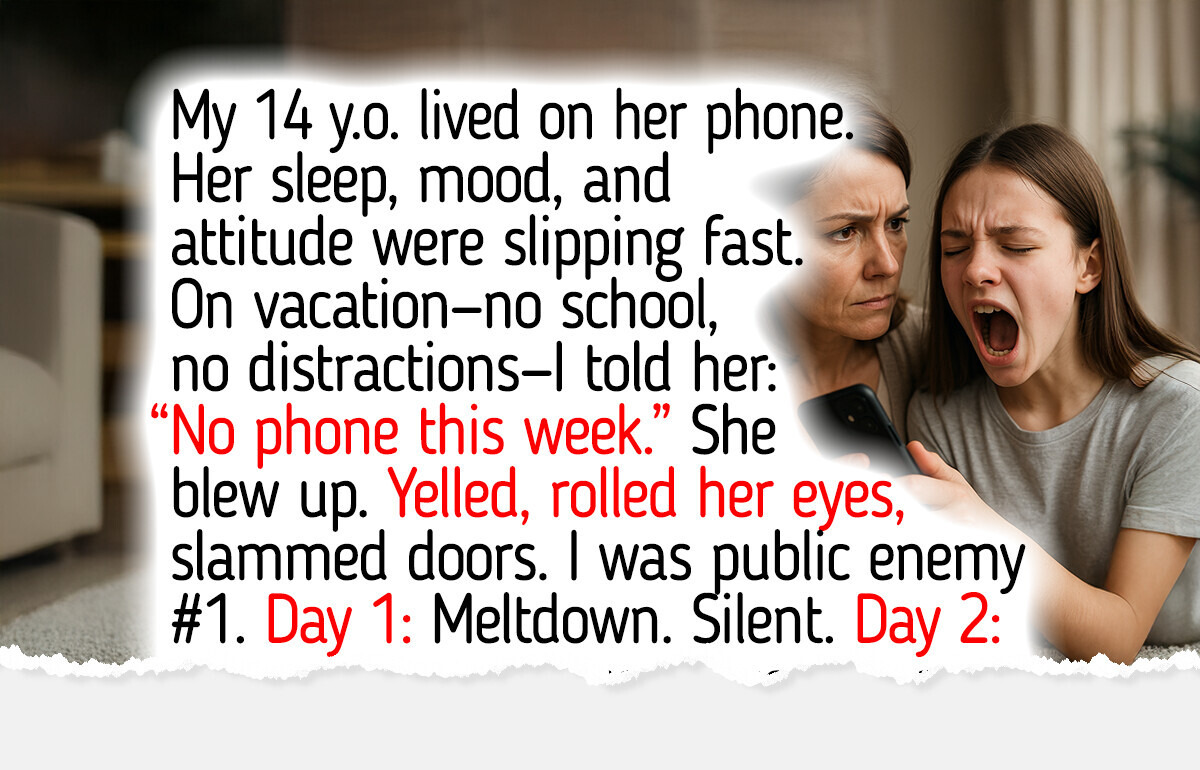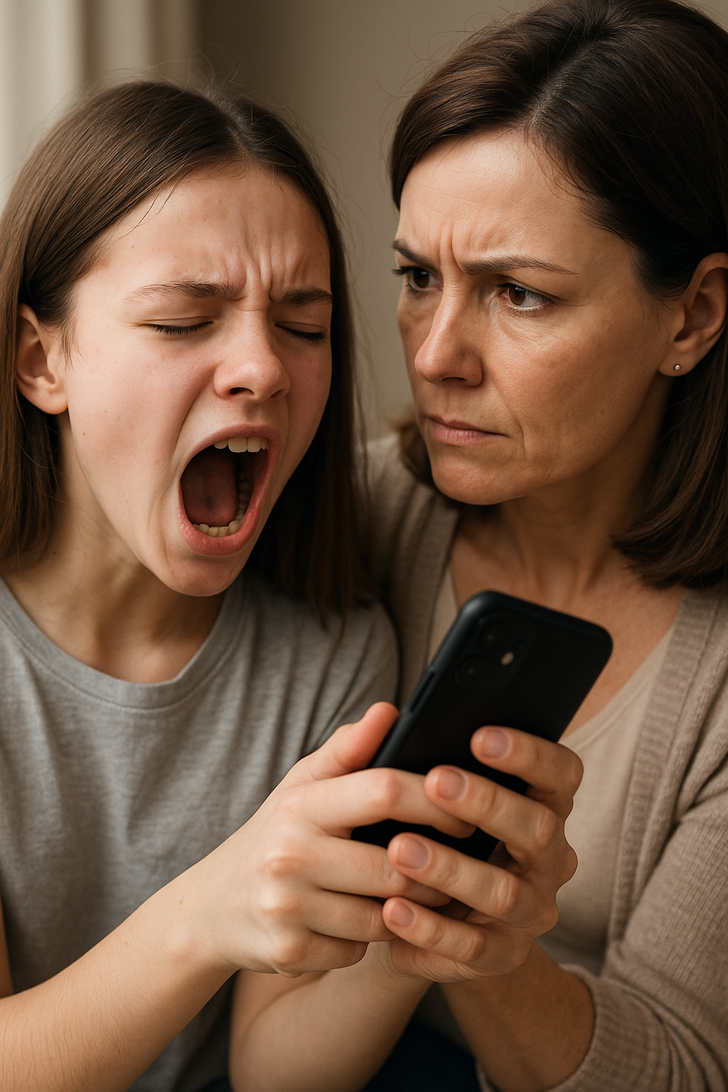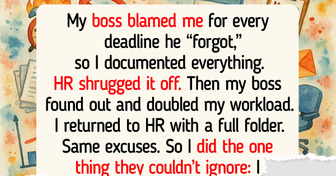15 Stories From Planes and Airports That Deserve Their Own TV Show


Teens and their phones—it’s a modern love story with a side of eye rolls, late nights, and conversations that never quite happen. For my 14-year-old daughter, her phone wasn’t just a device—it was life support. And it was starting to chip away at her sleep, her mood, and the way she spoke to me.
So on our family vacation, I tried something radical: a full seven days, zero phone. What happened next surprised everyone.

“My daughter is 14. Like most teens, her phone might as well be glued to her hand. Texting, TikTok, Instagram, Snapchat—sometimes all at once. And it was starting to affect everything: her attitude, her sleep, her focus, even her tone with me.
We were on a one-week vacation. No school, no sports, no drama she had to manage. Just family time. So I told her: ‘This week, no phone. You can survive without it.’
She absolutely did not agree. Cue: yelling, eye rolls, door slams. I was the enemy.
Day 1: Full meltdown. Refused to speak. Just sulked on the couch and stared at the ceiling like I’d taken oxygen away.
Day 2: Still grumpy. Kept asking, ‘What am I supposed to DO?’
Day 3: Started watching whatever we were watching as a family. Still quiet, but less combative.
Day 4: Cracked a smile during dinner. Laughed at something dumb on TV.
Day 5: She helped with groceries—quietly, but without complaining.
Day 6: Talked to me. About nothing major, but it was conversation.
Day 7: I found her sitting on the deck, reading a book she brought but never touched—until now.
When I gave her phone back at the end of the week, she didn’t grab it. She said, ‘That wasn’t as bad as I thought.’
It didn’t fix everything. But I got my kid back—for a week. And I think she got a piece of herself back, too.”
Thank you for sharing with us!

Screens are part of life—but if they’re taking over your child’s free time, here are simple, realistic ways to cut back without constant battles.
1. Talk about the why
Explain how screens affect mood, sleep, and focus. Involve your kids in setting limits so they feel included.
2. Choose simpler devices
Opt for basic eReaders, flip phones, or kid-friendly tech without browsers or social media.
3. Keep screens in shared spaces
No devices in bedrooms—only where you can see them.
4. Create no-screen zones
Make places like the dinner table and family room device-free.
5. Set up a charging station
Have one central spot for all devices, outside of bedrooms.
6. Give devices a bedtime
Turn them off at least an hour before sleep for better rest.
7. Schedule online time
Block access during homework or family activities to avoid distraction.
8. Share your rules with others
Let friends, relatives, and other parents know your household’s screen policy.
9. Use parental controls
Activate filters and limits on every device your child uses.
10. Lead by example
Show them what balanced screen use looks like—your habits matter too.
Reducing screen time isn’t about punishment—it’s about making more room for real-life connection, creativity, and rest.
14 Parents Share Tips on How They Handle Raising a Successful and Healthy Kid











